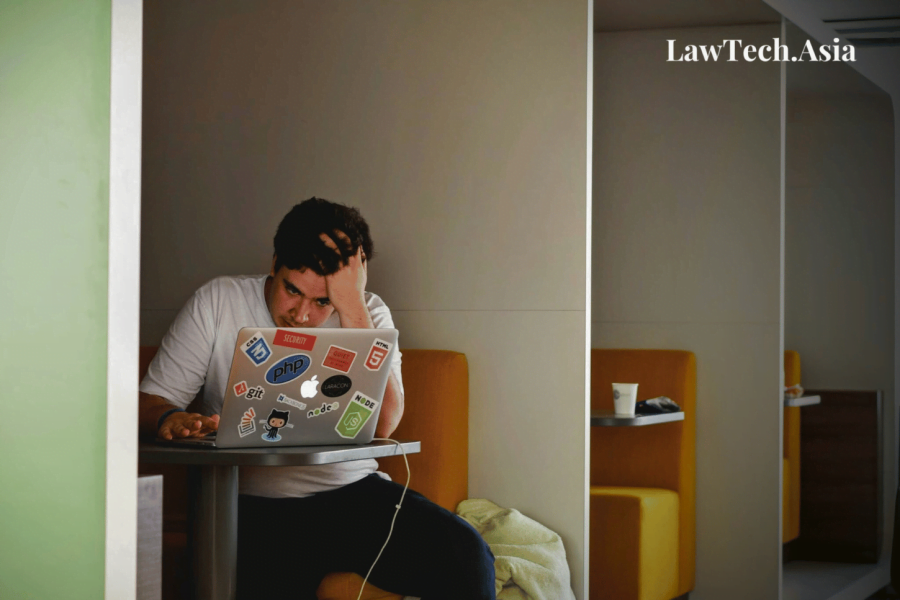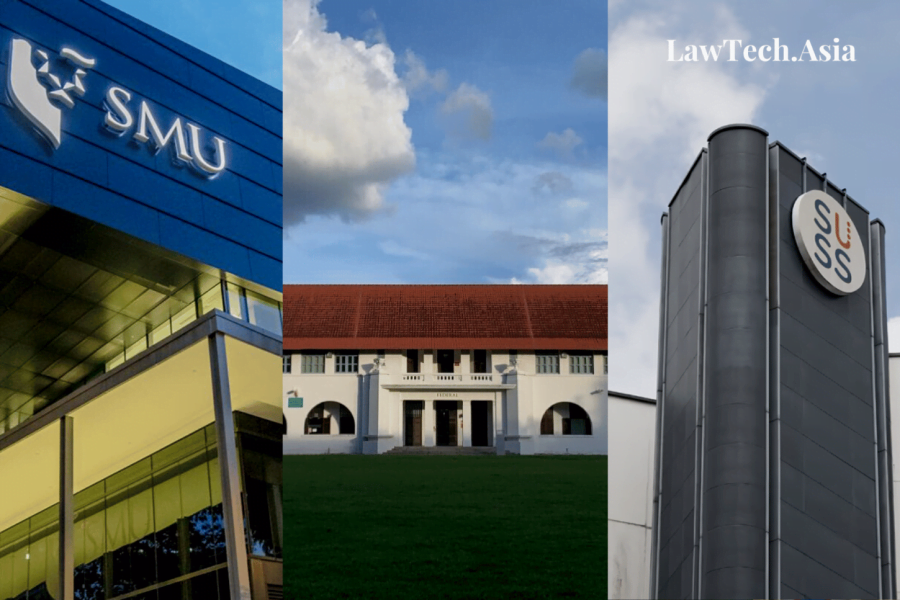Written by: Marc Lauritsen
Will AI make law better?
Yes.
For whom?
For many on both sides of the legal profession’s moat.
I’ll be brief.
(If you’re looking for verbosity, see my other writings. Links to some decorate this one.)


Written by: Marc Lauritsen
Will AI make law better?
Yes.
For whom?
For many on both sides of the legal profession’s moat.
I’ll be brief.
(If you’re looking for verbosity, see my other writings. Links to some decorate this one.)

Written by Eugene Yan, Yap Jun Hong and Alexis Chun | Edited by Josh Lee Kok Thong
Conversations from the 17th International Conference on Substantive Technology in Legal Education and Practice, held in Singapore in July 2022
In July 2022, SMU Centre for Computational Law (“CCLAW“) hosted the 17th International Conference on Substantive Technology in Legal Education and Practice (“SubTech2022”). The theme for this edition was “Training lawyers (and computers) in the age of Computational Law”, and it explored how legal education, legal practice, and society at large could be supported and improved with the use of technology. Unlike most traditional conferences, SubTech2022 followed an “unconference” format where attendees also had a say in the agenda. To facilitate this, multiple “Birds of a Feather” sessions were held throughout the day, each with its own topic statement which was contributed to by participants.
This article distills the conversations which took place during SubTech2022 on the question of “Are law schools preparing students for a tech-driven world?”

Written by Josh Lee Kok Thong
Where is legal technology in Singapore today? For many who have followed the development of the sector here, this question is more than merely factual. At its core, it is a reflection on the past, present and future of Singapore’s legal technology sector, and traces the development of Singapore’s legal technology landscape.
This article explores this evolutionary arc. First, it describes the development of the legal technology industry from 2016 to 2020, which saw significant and growing interest, demand and dynamism in the use of technology in Singapore’s legal industry. Second, it examines what the legal technology sector looks like today, and two key phenomena that have defined this era: the COVID-19 pandemic and growing institutionalisation of the sector. Third, it looks at the implications of the present state of Singapore’s legal technology industry. Fourth, it suggests areas that Singapore’s legal technology sector can explore to infuse greater interest, innovation and investment into the ecosystem.
This article also hopes to highlight the two key groups of players to Singapore’s legal technology landscape: established institutional actors, such as the government and its various agencies, as well as large law firms and legal technology companies; and “ground-up actors”: local legal technology start-ups, informal and/or non-profit bodies set up by legal technology enthusiasts, student groups in law schools, global legal technology movements, and more. Over the course of the article, it is submitted that greater collaboration between both sets of players is encouraged for the success of Singapore’s legal technology ecosystem. For Singapore’s legal technology sector to reach its renaissance, such collaboration needs to be carefully developed and nurtured.
Powered by WordPress & Theme by Anders Norén